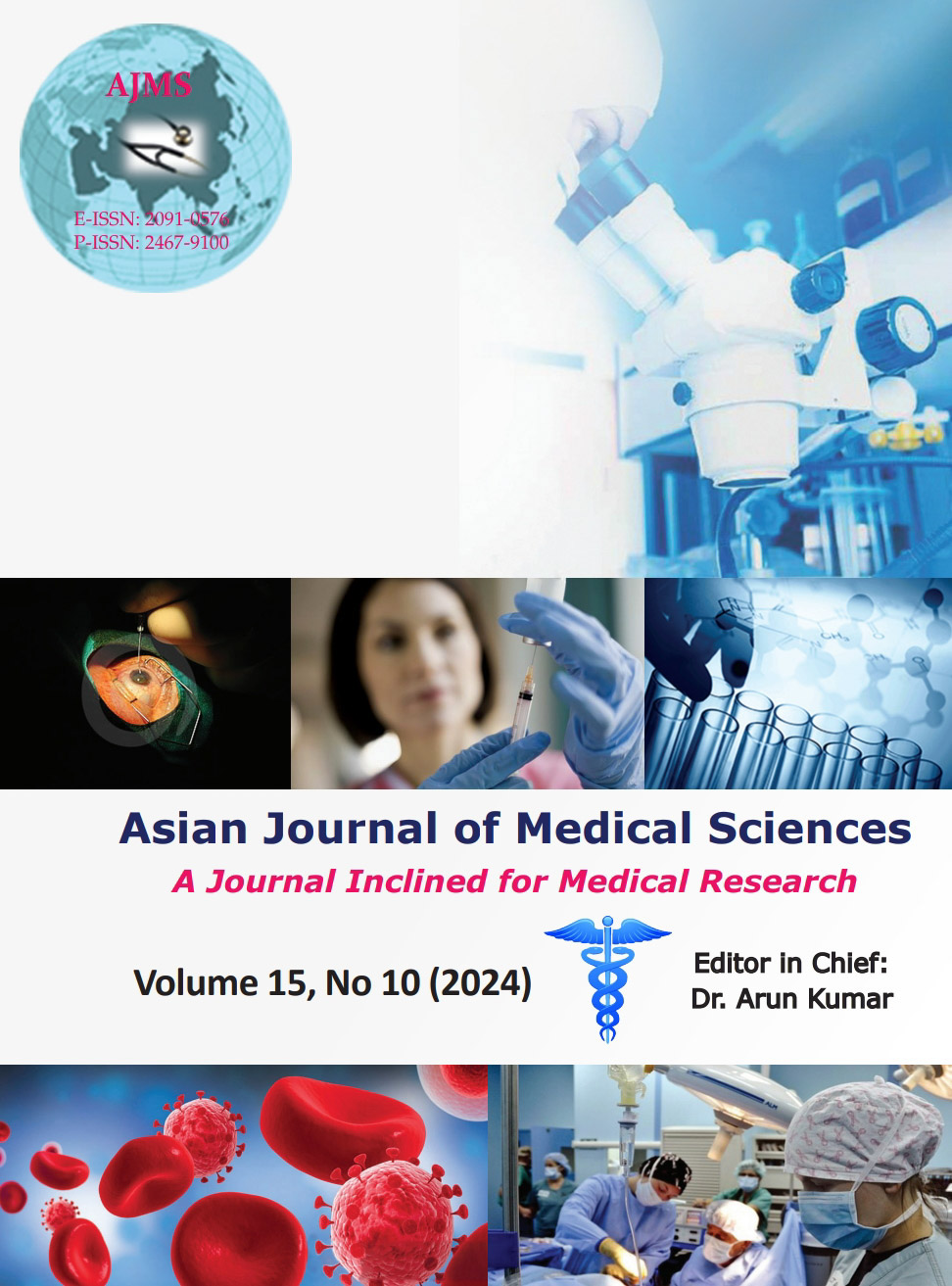Study of correlation between arches of foot and lower back pain in Eastern India
Keywords:
Low back pain; Foot arch; Foot arch index acute low back painAbstract
Background: Low back pain is one of the most common disorders of the musculoskeletal system, leading to impaired function and decreased quality of life in many patients. Foot arch alterations may lead to structural changes and/or affect its load distribution. It should be noted that even slight elevations of the foot’s medial longitudinal arch above the norm may lead to changes in load and pressure distribution. Hence, it becomes important to find the relationship between low back pain and altered foot arch indices leading to improper body balance.
Aims and Objectives: The aims and objectives of the study are to find any correlation between lower back pain and an altered foot arch index in the Eastern Indian population.
Materials and Methods: A total of 60 subjects aged 20–40 years with varying degrees of low back pain were selected. Low back pain scores of the subjects were found using modified oswestry low back pain disability questionnaire. Footprints in standing position using ink were taken on graph paper and the foot arch indices were calculated.
Results: 54.16% of the male and 36.11% of female participants had low arched feet, 20.83% of male and 52.78% of female participants had normal arched feet, and 25% of male and 11.11% of female participants had high arched feet with varying degrees of low back pain. 77.42% of the participants with minimal disability due to low back pain were having normal arched feet, 71.43% of the participants with moderate disability due to low back pain were having low arched feet, and 100% of the participants with severe disability due to low back pain were having either high or low arched feet.
Conclusion: This study showed that people having either low or high arched feet are at an increased risk of developing acute or chronic low back pain at some stage in their lives. Knowledge of this risk factor might even help people to choose appropriate occupations in the future.
Downloads
Downloads
Published
How to Cite
Issue
Section
License
Copyright (c) 2024 Asian Journal of Medical Sciences

This work is licensed under a Creative Commons Attribution-NonCommercial 4.0 International License.
Authors who publish with this journal agree to the following terms:
- The journal holds copyright and publishes the work under a Creative Commons CC-BY-NC license that permits use, distribution and reprduction in any medium, provided the original work is properly cited and is not used for commercial purposes. The journal should be recognised as the original publisher of this work.
- Authors are able to enter into separate, additional contractual arrangements for the non-exclusive distribution of the journal's published version of the work (e.g., post it to an institutional repository or publish it in a book), with an acknowledgement of its initial publication in this journal.
- Authors are permitted and encouraged to post their work online (e.g., in institutional repositories or on their website) prior to and during the submission process, as it can lead to productive exchanges, as well as earlier and greater citation of published work (See The Effect of Open Access).




